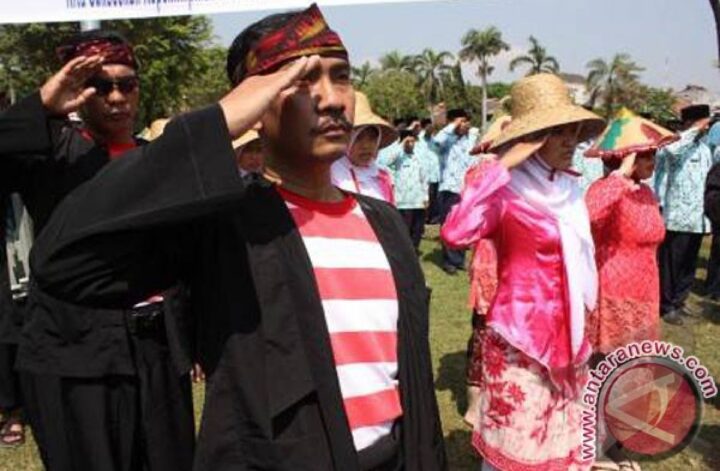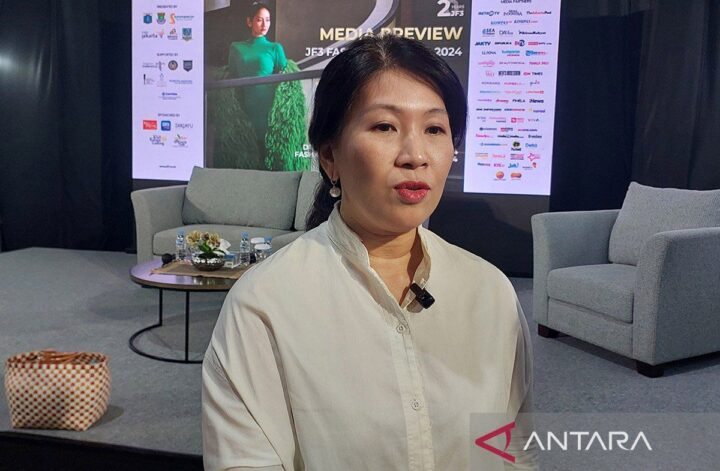Pesa’an, kebaya Madura, and their philosophy
Indonesia is a country rich in culture and tradition, with each region having its own unique customs and practices. One such tradition that is ingrained in the culture of the Madurese people is the pesa’an and kebaya Madura.
Pesa’an is a traditional Madurese dance that is performed by women during special occasions, such as weddings, traditional ceremonies, and cultural events. The dance is characterized by its graceful movements, intricate hand gestures, and vibrant costumes. The dancers wear colorful kebaya Madura, which is a traditional blouse worn by women in the Madura region.
Kebaya Madura is known for its intricate embroidery, bright colors, and elegant design. The blouse is typically worn with a batik sarong and a headscarf, creating a stunning ensemble that reflects the rich cultural heritage of the Madurese people. The kebaya Madura is not just a piece of clothing, but a symbol of tradition, identity, and cultural pride.
The philosophy behind the pesa’an and kebaya Madura is deeply rooted in the values and beliefs of the Madurese people. The dance is seen as a form of expression and a way to connect with the ancestors and the spiritual world. It is believed that through the dance, the dancers can communicate with the spirits and seek their blessings for the community.
Similarly, the kebaya Madura is considered a symbol of modesty, femininity, and grace. It is worn with pride by Madurese women as a way to honor their cultural heritage and uphold the traditions passed down from generation to generation. The intricate embroidery and vibrant colors of the kebaya Madura reflect the creativity and craftsmanship of the Madurese people.
In conclusion, pesa’an and kebaya Madura are not just traditional dances and clothing, but symbols of the rich cultural heritage and values of the Madurese people. Through these traditions, the Madurese people express their identity, spirituality, and pride in their cultural roots. It is important to preserve and celebrate these traditions to ensure that the unique culture of the Madurese people continues to thrive for generations to come.




